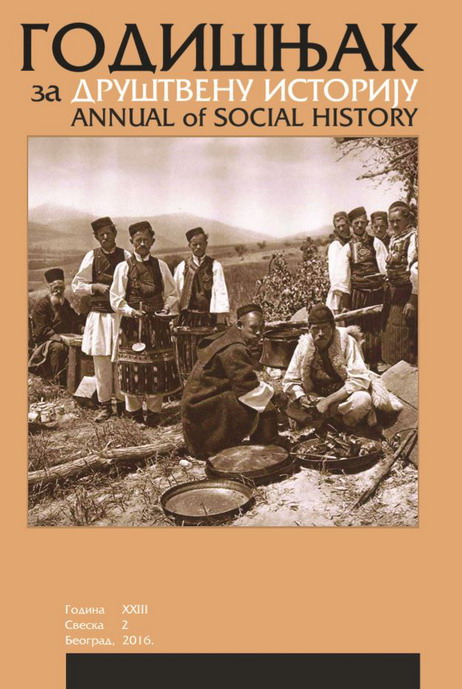У борби против заборава: Јеврејска заједница у Југославији и очување сећања на Холокауст 1945-1955
Fight against Forgetting: the Jewish Community in Yugoslavia and Preserving the Memory of the Holocaust 1945-1955
Author(s): Davor StipićSubject(s): WW II and following years (1940 - 1949), History of the Holocaust
Published by: Udruženje za društvenu istoriju
Keywords: Holocaust; memory culture; genocide; Yugoslavia; socialism; Memorialisation; monuments
Summary/Abstract: Under the influence of different historiographical interpretations in the late 90s in the professional community was actualized the idea arose in the sixties among American Jews. The idea that a decade and a half after the end of a war was a time of the conscious and deliberate suppression of Holocaust Remembrance. In modern historiography, numerous experts from David Cesarani to Hasia Diner constantly and successfully sought to prove that the Jewish individuals and organizations since the end of the war tried not to remain silent and wanted to speak about the horrors of Hitler’s concentration camp. An important place, especially in the socialist bloc, among those who spoke about their own suffering, almost immediately after the war, were Jews of Yugoslavia and this article deals specifically with Jewish activity from 1945 to 1955. Already in Yugoslavia in 1946 was built the first modest monuments, in 1948 was formally established the Jewish Historical Museum, and collecting documentation about the suffering and memories of survivors began soon after the restoration work of the Association of Municipalities in the early post-war years. The unveiling ceremony of five monuments in five Yugoslav cities in September and October 1952 was the culmination of efforts that the genocide of the Jews never forgets. Also, it was one of the most important an initiative of memorialization of Holocaust victims at that time in Eastern Europe, due to which the Federation of Jewish Communities of Yugoslavia became one of the pioneers in the development of awareness of the Holocaust as a phenomenon in the socialist part of Europe, at a time when in most countries of the Eastern bloc Stalin’s anti-Semitic purges were in full swing.
Journal: Godišnjak za društvenu istoriju
- Issue Year: XXIII/2016
- Issue No: 2
- Page Range: 91-121
- Page Count: 32
- Language: Serbian

